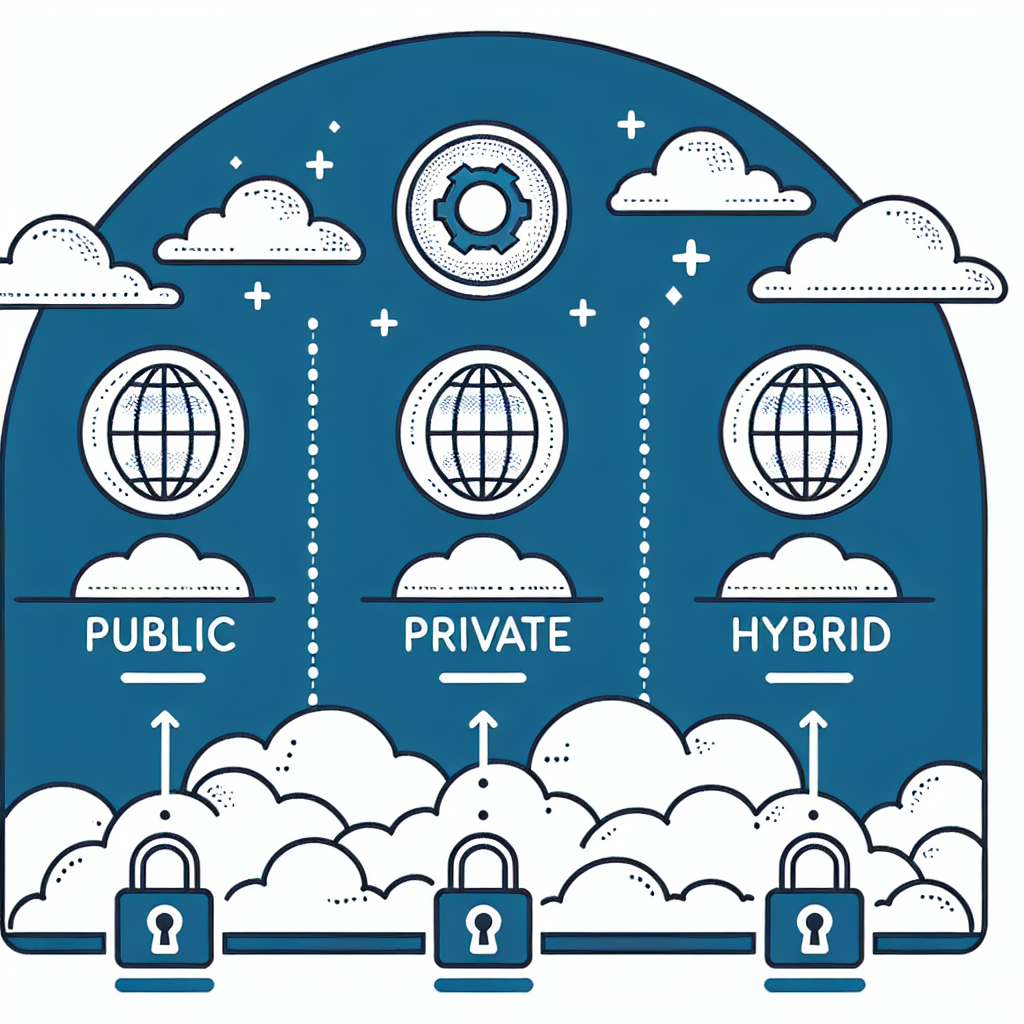AnyFix for Windows – One-Time Purchase/5 Devices
Cloud computing has become an integral part of modern business operations, offering a range of benefits such as scalability, flexibility, and cost-efficiency. However, navigating the various cloud computing models can be confusing for many organizations. In this article, we will demystify the differences between the three main cloud computing models – public cloud, private cloud, and hybrid cloud.
Public Cloud
Public cloud is perhaps the most well-known cloud computing model, as it involves the use of shared resources and services provided by a third-party cloud service provider. In this model, organizations can access resources such as servers, storage, and applications over the internet on a pay-as-you-go basis. Public cloud is ideal for organizations that require scalability and flexibility, as resources can be easily scaled up or down based on demand. Additionally, public cloud is cost-effective, as organizations only pay for the resources they use.
Private Cloud
Private cloud, on the other hand, is a cloud computing model that involves the use of dedicated resources and services that are not shared with other organizations. Private cloud can be hosted on-premises or by a third-party service provider, and offers greater control and security compared to public cloud. Private cloud is ideal for organizations that have strict security and compliance requirements, as well as those that require customization and control over their cloud infrastructure. While private cloud may be more expensive than public cloud, it offers greater control and security.
Hybrid Cloud
Hybrid cloud is a cloud computing model that combines elements of both public and private cloud. In a hybrid cloud environment, organizations can leverage the scalability and flexibility of public cloud for non-sensitive workloads, while keeping sensitive data and applications in a private cloud environment. Hybrid cloud offers the best of both worlds, allowing organizations to take advantage of the benefits of both public and private cloud while maintaining control over their most critical data and applications.
In conclusion, understanding the differences between public cloud, private cloud, and hybrid cloud is essential for organizations looking to move their operations to the cloud. Each cloud computing model offers its own unique benefits and considerations, and it is important for organizations to carefully evaluate their needs and requirements before choosing a cloud computing model. By demystifying the differences between these cloud computing models, organizations can make informed decisions that align with their business goals and objectives.


Leave a Reply